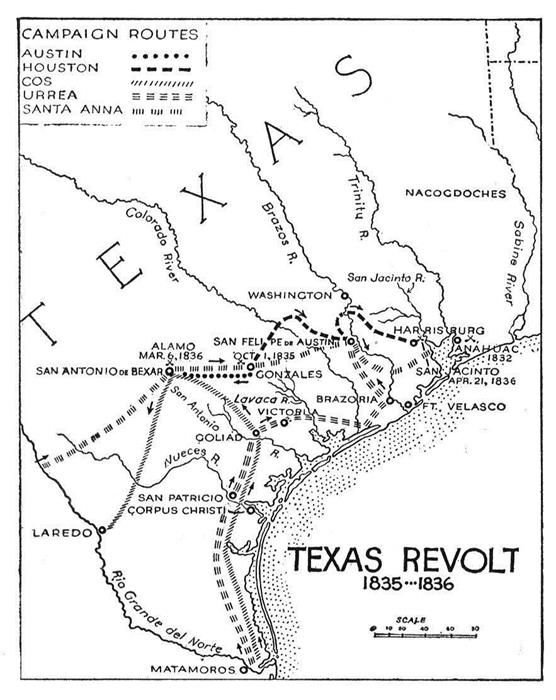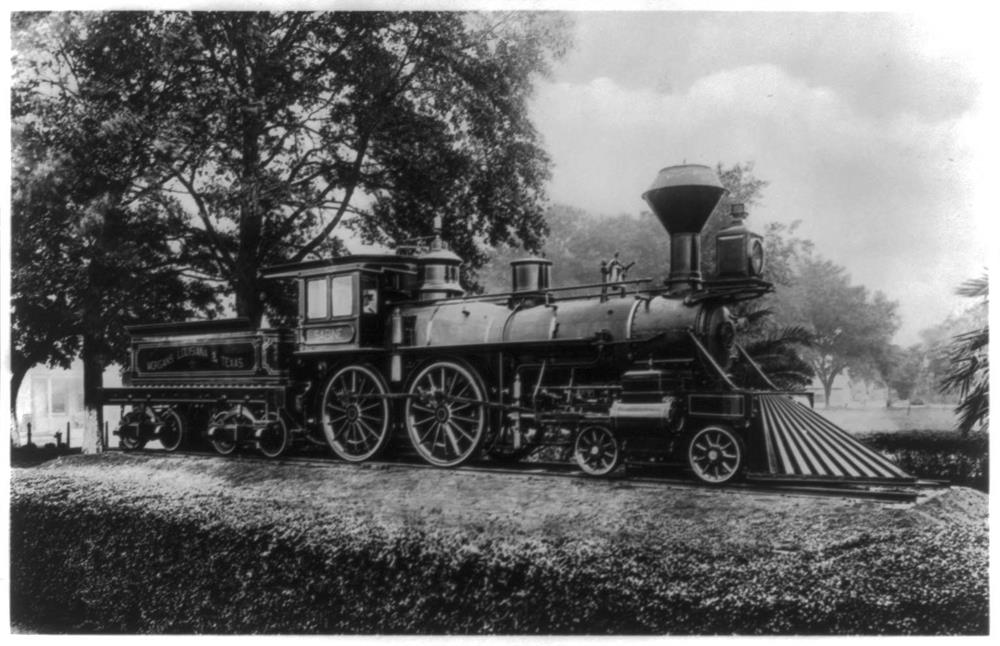Harrisburg was established on a parcel from the Austin colony grant by Richardson Harris in 1826. Positioned along Buffalo Bayou, near present-day Houston, it quickly became a vital trading hub leading up to the Texas Revolution.
The town’s significance heightened when it served as the temporary capital for the Ad Interim government of the Republic of Texas. This period was cut short when Antonio López de Santa Anna ordered the burning of Harrisburg days before the pivotal Battle of San Jacinto in 1836.
Founding of Harrisburg
John Richardson Harris, an early settler from Missouri, founded Harrisburg in 1826. He established the town along Buffalo Bayou, recognizing its potential as a strategic location for commerce and trade. Harris named the town after himself, and it quickly became an important shipping and transportation hub due to its proximity to Galveston Bay.
Early Development
In its early years, Harrisburg thrived as a commercial center. The town’s location along Buffalo Bayou made it an ideal spot for shipping goods to and from the Gulf of Mexico. By the late 1820s, Harrisburg had established itself as a key trading post, with various businesses and industries supporting the local economy. The arrival of the steamboat Laura in 1830 further boosted the town’s growth, facilitating more efficient transportation of goods and people.
Role in the Texas Revolution

Harrisburg played a crucial role during the Texas Revolution. In March 1836, the town served as the temporary capital of the Republic of Texas after the fall of the Alamo. President David G. Burnet and his cabinet fled to Harrisburg, where they continued to govern until moving to Galveston. However, the town was burned by Mexican forces led by General Santa Anna in April 1836, during his campaign against Texan revolutionaries. Despite this destruction, Harrisburg’s strategic importance was evident.
Post-Revolution Recovery
Following the Texas Revolution, Harrisburg quickly rebuilt and resumed its role as a commercial hub. The town’s strategic location continued to attract settlers and businesses. In 1841, Harrisburg was designated the seat of Harrisburg County, later renamed Harris County, reflecting its growing significance. The town also became a key stop on the Buffalo Bayou, Brazos, and Colorado Railway, Texas’ first railroad, further solidifying its position as a transportation center.

Incorporation into Houston
In 1926, Harrisburg was incorporated into the city of Houston as part of the larger urban expansion. This incorporation marked a significant change for the area, integrating it into one of Texas’ largest and fastest-growing cities. Despite losing its independent status, Harrisburg’s historical significance remained, and the area continued to develop as part of Houston’s thriving metropolis.
Economic Development
Throughout the 19th and early 20th centuries, Harrisburg’s economy was driven by various industries, including shipping, railroads, and manufacturing. The construction of the Houston Ship Channel in the early 20th century further boosted economic growth, transforming Harrisburg into a major industrial area. The channel facilitated larger ships’ access to the region, promoting trade and commerce on an unprecedented scale.
Cultural and Social Life
Harrisburg’s diverse population contributed to a rich cultural and social life. The town attracted settlers from various backgrounds, including Anglos, Mexicans, and Germans, each bringing their unique traditions and customs. This diversity fostered a vibrant community with a variety of cultural events, social gatherings, and institutions, including churches, schools, and civic organizations.
Impact of the Civil War
The Civil War had a significant impact on Harrisburg, as it did on much of Texas. The town’s strategic location made it a target for Union forces, who aimed to disrupt Confederate supply lines. Harrisburg’s economy suffered during the war due to blockades and the general disruption of trade. However, the town’s resilience and strategic importance ensured its recovery in the post-war period.
Modern Era
In the 20th century, Harrisburg continued to evolve as part of Houston’s expansion. The construction of highways and the development of the petrochemical industry brought new opportunities and challenges. The area saw significant industrial growth, with numerous factories and plants setting up operations. Despite these changes, Harrisburg retained its historical character, with many buildings and landmarks preserving its rich heritage.
Preservation Efforts
Efforts to preserve Harrisburg’s history have been ongoing. Various organizations and local historians have worked to protect and restore historic sites and buildings. The Harrisburg-Jackson Cemetery, one of the area’s oldest burial grounds, has been a focal point of these preservation efforts. Additionally, educational programs and community events aim to raise awareness about the area’s historical significance.
Conclusion
Harrisburg, Texas, has a rich and varied history that reflects the broader narrative of Texas’ development. From its founding in 1826 to its incorporation into Houston, Harrisburg has played a crucial role in the state’s commercial, political, and social life. Its strategic location, diverse population, and resilience in the face of adversity have made it a key part of Texas’ heritage. Today, Harrisburg’s historical significance is recognized and celebrated, ensuring that its legacy continues to be remembered and appreciated.


